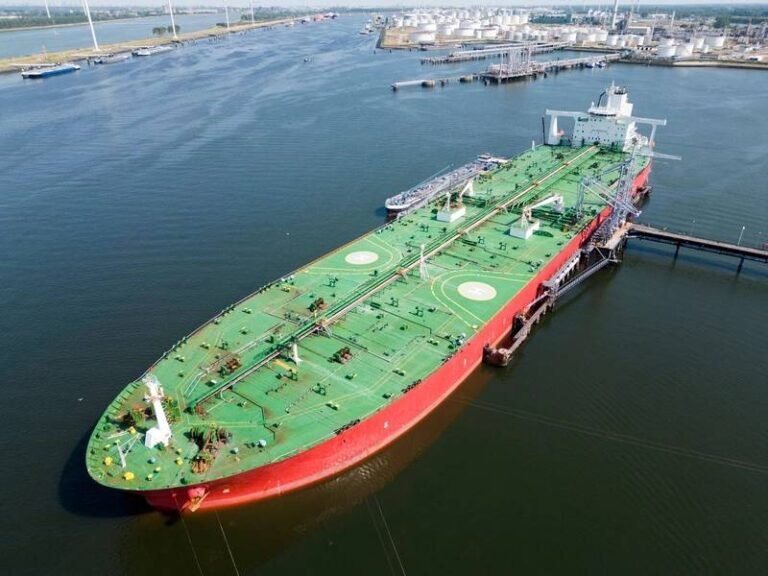Asia’s Crude Oil Imports Facing Challenges in 2025
Asia’s crude oil imports have hit a stumbling block in the early months of 2025, with top importer China reducing its purchases and new sanctions affecting supplies from major supplier Russia. Data compiled by LSEG Oil Research shows that Asia’s imports for January and February are down to 26.17 million barrels per day (bpd) from 26.96 million bpd during the same period last year.
China’s Impact on Crude Imports
The decline in Asia’s crude imports is largely attributed to China, the world’s largest oil importer, which saw arrivals drop to 10.42 million bpd in the first two months of 2025 compared to 11.26 million bpd in the same period last year. This significant decrease in China’s crude imports raises concerns about the demand growth forecasted by organizations like OPEC for the year.
China’s struggle to stimulate economic growth post-COVID-19 lockdowns, coupled with the shift towards electric and hybrid vehicles reducing gasoline and diesel demand, has contributed to the decline in oil imports. OPEC’s projections for China’s crude oil demand to increase by 310,000 bpd in 2025 may face challenges given the weak start to imports this year.
India’s Resilience and Challenges
In contrast to China, India, Asia’s second-largest oil importer, started 2025 on a strong note with arrivals totaling 4.98 million bpd in the first two months, up from 4.70 million bpd last year. However, fluctuations in January and February imports suggest challenges in securing discounted Russian oil, particularly following new sanctions imposed by the U.S. on Russian oil exports.
The sanctions, targeting the shadow fleet of tankers delivering crude to India and China, have impacted Asia’s imports of Russian oil, expected to reach the lowest levels since May 2022 in February. The ongoing decline in Russian oil imports signals the effectiveness of Western sanctions imposed after Russia’s invasion of Ukraine in February 2022.
Uncertainty in Asia’s Crude Oil Imports
While there is a possibility of Russian oil imports rebounding through circumvention of sanctions or potential relaxation under new U.S. President Donald Trump, the overall outlook for Asia’s crude oil imports remains uncertain. The evidence of weakness in the first two months raises doubts about meeting demand growth forecasts for the year.
In conclusion, the challenges faced by Asia’s crude oil imports in 2025 highlight the intricate dynamics between major importers like China and India, supplier nations like Russia, and geopolitical factors influencing trade. The evolving landscape of global oil markets necessitates close monitoring to navigate uncertainties and adapt to changing circumstances.
(The views expressed in this article are those of the author, Clyde Russel, a columnist for Reuters)

